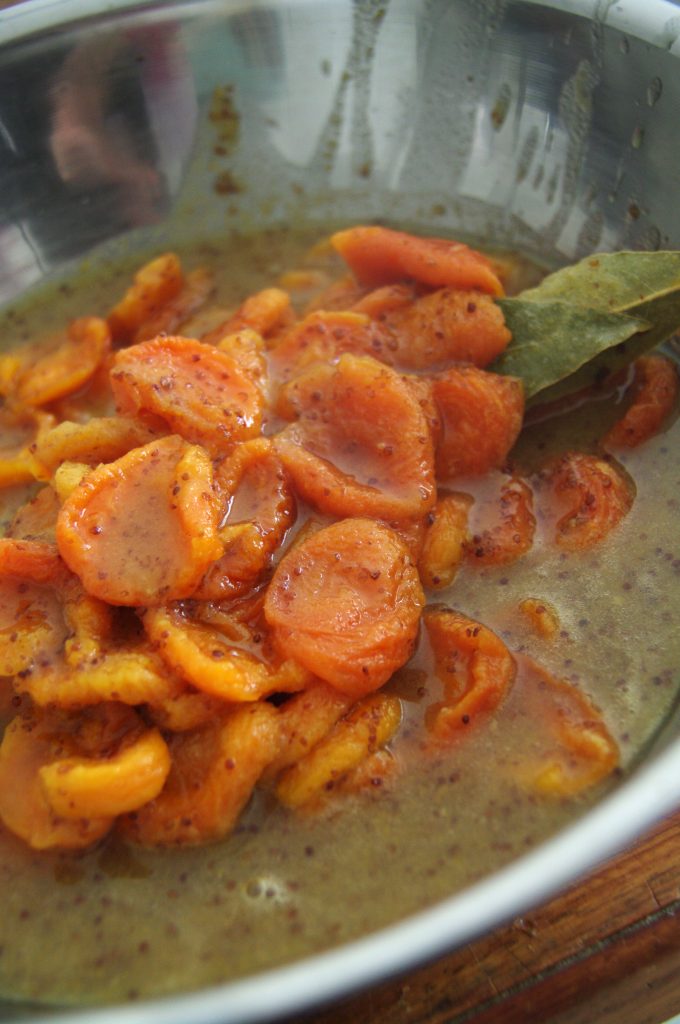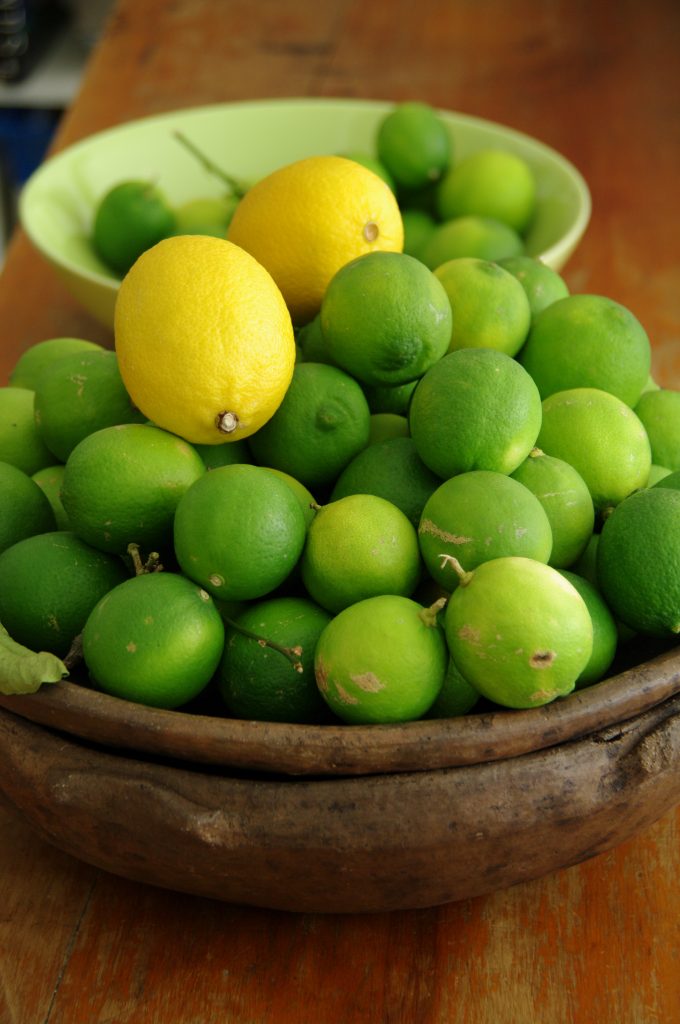the preserving bible



There is nothing as good as having a pantry stocked with handy preserves. There is nothing as annoying as having to throw preserves out because the basic rules haven’t been followed. Basic rules are sterilise your jars, lids and all your utensilsand never put your hands into the preserves or touch the insides of jars or lids.
Follow these simple rules and success is yours. Different rules apply to different preserves so here’s the list
Glass is the preferred preserving jar. Every city will have a retailer like our local Gaganis where they buy jars by the palettes and offer a good range of sizes. They also sell metal lids as separate items. They are cheap, but most importantly they are reusable. We do not reuse the metal lids unless they are absolutely pristine. They are metal and can be recycled so there is not a lot of guilt attached for playing it absolutely safe.
Essential equipment
- Tongs
- Jam funnels…stainless steel– we have two neck sizes one for the smaller jars and another for the larger jars
- Ladle…stainless steel
- Saucepan
- Cake racks…different sizes
- Thermometer
For the most successful preserves, especially if you are not going to put them into a preserving pan for further cooking; packing the jars while the preserve is boiling and the jars and lids have come straight from hot from the sterilising process works best.
Putting boiling produce into cold jars often causes them to crack.
Basic sterilising – glass jars and lids
- Wash your jars; dishwasher is good. If you hand wash, make sure there is no residual detergent and put about one centimeter of cold water stack them into a microwave. Just before you want to pack the jars heat them for 4 minutes on high. Use a thick wad of dry cloth to empty out the boiling water.
- Put your tongs, jam funnel, lids and ladle into a saucepan and cover them with water. Place them on high heat and bring them to the boil…boil for three minutes and keep hot.
Hot preserves savoury…for instance tomato sauce, mustard fruits, green tomato chutney and stock
- Lay two dry tea towels on top of each other close to your preserves and sit the hot jars on the towels. This helps to stop the jars from cracking.
- Use the tongs to lift the jam funnel from the water and place it in a jar.
- Use the ladle to fill a jar at a time, lifting a lid from the boiling water and using a dry tea towel secure the lid very tightly.
- Date and store in a cool dark place.
- Refrigerate once opened.
With our tomato sauce, whole preserved tomatoes, chutneys and sambal, as an additional precaution…we also cook the closed jars to ensure absolute food safety.
- Allow the sealed jars to cool for one hour.
- Put a cake rack into the bottom of a wide shallow pan and fill the pan with cold water to at least ¾ the height of the jars.
- Set the induction to 1000W 100°C and bring them to 95°C and keep them at that temperature for 5 minutes…..depending on how many jars you are doing this can take some time to bring them up to temp. Rack is important, direct heat can cause the jars to crack.
- Allow to cool in the water.
- Check that the lids are tight, date before storing them in crates in a cool dark place.
Vinegar cold/cool preserves…for instance bread and butter cucumbers.
- Use the details for basic sterilising to prepare your jars.
- Lay two dry tea towels on top of each other close to your preserves and sit the hot jars on the towels. This helps to stop the jars from cracking.
- Use the tongs to lift the jam funnel from the water and place it in a jar.
- Use the ladle to fill a jar at a time, lifting a lid from the boiling water and using a dry tea towel secure the lid very tightly.
- Date and store in a cool dark place.
- Refrigerate once opened.
Olives
- Sterilise jars and lids and utensils.
- Make sure they are pressed under the oil or brine.
- For the first few weeks, keep a close eye on them for signs of growing mould on the top. If this happens carefully remove the mould and re-jar the olives.
- Store in a cool dark place with a stable low temperature…they do not require refrigeration after opening.
- We always put our green olives in EVO and if we haven’t used them within 12 months, we drain, vac and refrigerate which will keep the EVO tasting good for another few months.
Jams and sweet sauces
- Prepare the jars and utensils as previously described
- Fill the jars with boiling jam or sauce, seal tightly and leave on the towels to cool completely for packing and storing.
- Refrigerate once opened.
Plastic….we do sometimes used brand new take-aways, sterilising them in the microwave before using them…this method is excellent for quince and other fruit pastes where you want to cut an attractive slice for your cheese plates. They also do not require refrigeration until they are opened.
- Sterilise the utensil set.
- Wet the take-away boxes and lids, and put them in the microwave for 4 minutes on high.
- Without ever toughing the insides of the boxes or lids, fill the containers with boiling paste right to the top so that the lid will have complete contact with the paste.
- Allow to cool until completely cold and vac.
- Refrigerate once opened.
When it’s time to play it safe and freeze
- We always do some semi-dried tomatoes but have found them tricky when it comes to packing them.
- We do not have unlimited fridge space and even refrigerated, vac packed in pristine circumstances have had various, annoying degrees of failure.
- We now vac them wearing food service gloves with our best EVO and freeze them.
- The EVO make it easy to take out small amounts. Always wearing food service gloves, and without thawing them, open the bag and take out what you need, reseal the bag and return to the freezer.
- Allow to thaw, slip off the skins and use as required.
